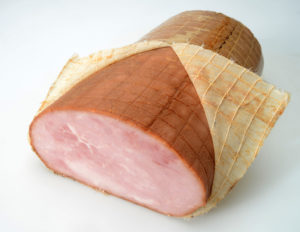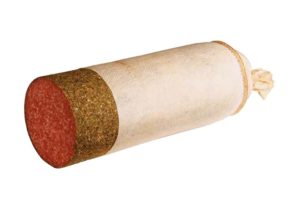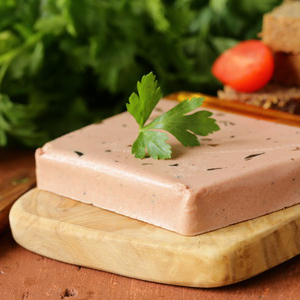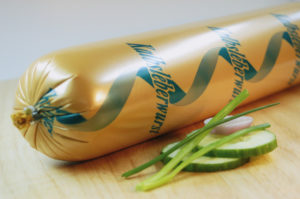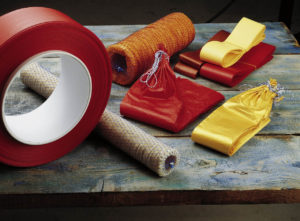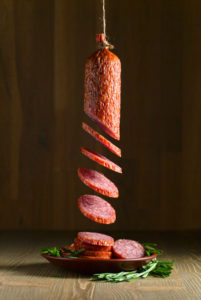Forget limp lettuce and mushy tomatoes – in this kitchen, we wield blades sharper than your wit and swifter than a seasoned sous chef. But a dull knife is like a broken microphone at karaoke night: a damp squib on the culinary stage. Fear not, kitchen gladiators, for I’m here to unveil the secrets of sharpening your butcher knives into weaponized vegetable slicers and meat-maulers.
Cleanliness is Godliness (But Soapy Suds are Kryptonite):
First rule: ditch the dishwasher. Those sudsy swirls are like kryptonite to a good blade. Handwashing is your jam, with warm water and a gentle sponge. Think of it as a spa day for your steel samurai. No harsh scrubbers, though! You’re not cleaning the Sistine Chapel here. Once squeaky clean, banish the water demons with a thirsty towel, because rust is the ultimate culinary villain.
Honing: The Mini-Sharpening Symphony:
Now, let’s talk honing. Think of it as a pre-battle warm-up, a quick touch-up before each culinary crusade. Grab your honing rod – it’s like a metal massage therapist for your knife – and gently glide the blade back and forth at a 15-degree angle. Imagine tiny metal angels whispering, “Sharpen, sharpen!” Do this every few uses, and your knife will sing with vegetable-slicing satisfaction.
Sharpening: From Blunt to Beast:
But even the fiercest warriors get a little dinged. That’s where sharpening comes in. It’s like sending your knife to boot camp, returning it honed, primed, and ready to conquer any watermelon. Two options:
- The Pro: If your knife is your culinary soulmate, find a professional sharpener. They’ll work their magic on whetstones or grinding wheels, making your blade sharper than your mother-in-law’s tongue after too much Pinot Grigio.
- The DIY Warrior: Feeling adventurous? You can sharpen at home with a whetstone or a sharpening tool. Just remember, slow and steady wins the sharpening race. No Rambo tactics here. Practice makes perfect, and soon you’ll be a sharpening sensei.
Knife Nirvana: The Art of Storage:
A true culinary warrior doesn’t toss their weapon in a drawer. Give your knives the throne they deserve! Magnetic strips are sleek and space-saving, while wooden blocks offer rustic charm. Just avoid storing them with other metal utensils – clanging is the enemy of sharpness. Remember, a happy knife is a sharp knife, and a sharp knife is a safe knife (unless you’re dicing jalapeños, then maybe wear gloves).
Bonus Round: Know Your Steel:
Different steels have different needs. Carbon steel gets a cool patina with age, but needs a little extra TLC to avoid rust. High-carbon steel is a bit more forgiving, while stainless steel is the low-maintenance queen of the knife drawer. Do your research and treat your blade like the unique snowflake it is.
Friends of the kitchen, that concludes our discussion. Your butcher knives will last for years with a little TLC and these helpful hints, and they will cut into life (grass-fed, of course) with ease. Get down to business and tackle those food mountains! A heavy burden of responsibility comes along with a powerful knife. Make careful use of it, and may your meals always be tasty and risk-free (unless you’re chopping jalapeños, in which case you should really wear gloves).
Keep in mind that the key to a happy cook is a sharp knife. Share the good news of butcher knife badassery with the world! Also, feel free to share your kitchen war stories or sharpening secrets with me in the comments section. Maintain your wit, your sass, and your culinary prowess till we meet again!
Please note that the intention of all advice and information is purely educational. Never handle sharp things without first ensuring your safety.

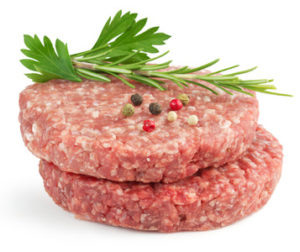
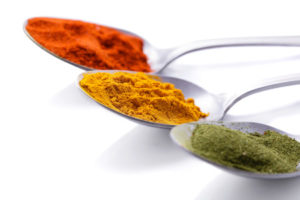 MMIS Mondo
MMIS Mondo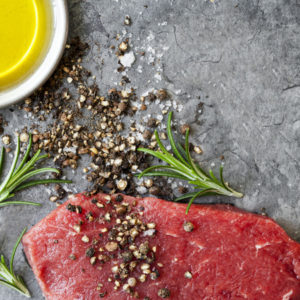
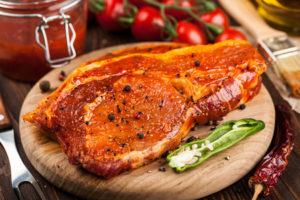
 MMIS Mondo
MMIS Mondo